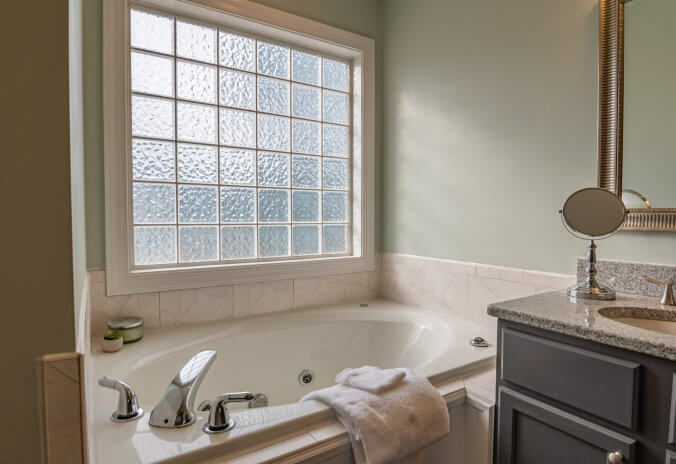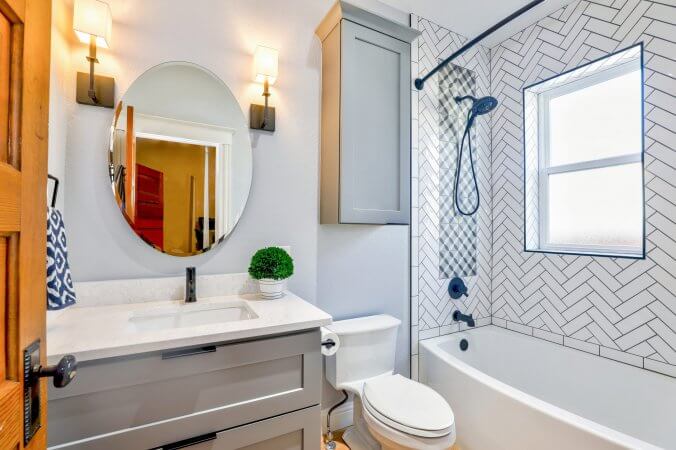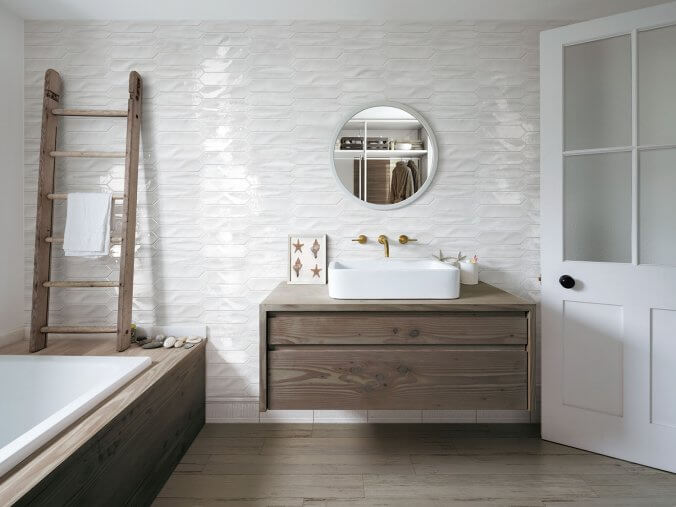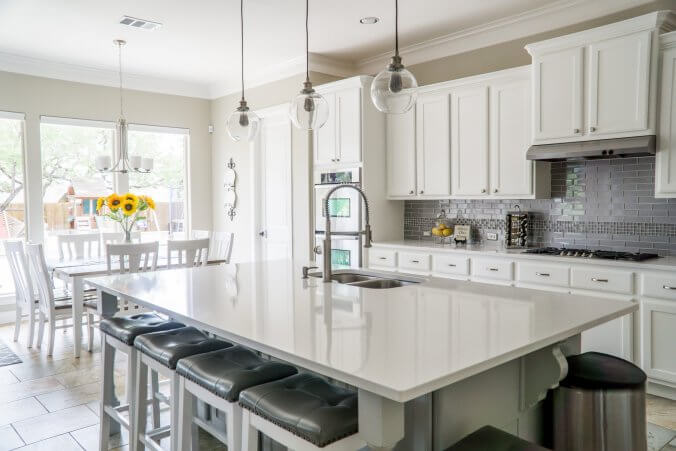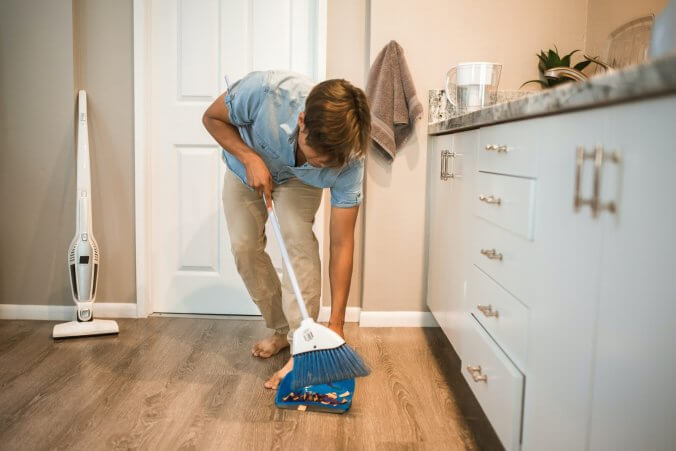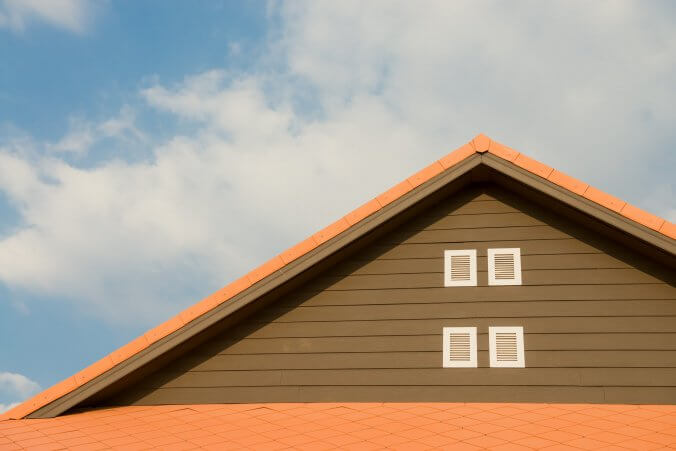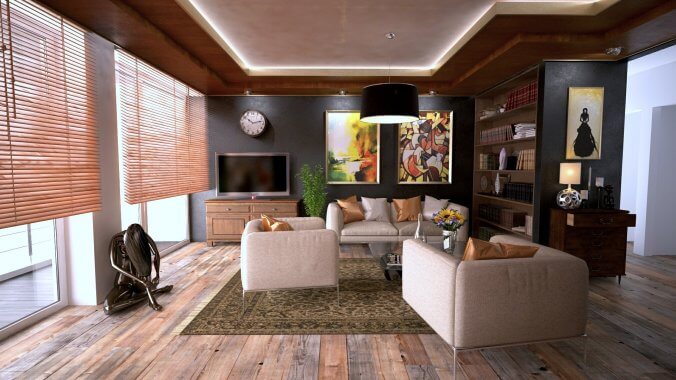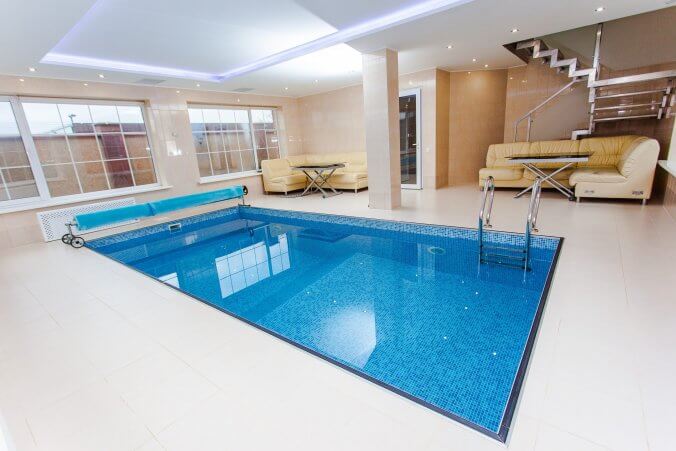Bathrooms have always been some of the most challenging spaces in any house. Moreover choosing the right Flooring Materials for Bathroom. Bathroom Spaces require special care because they not only contain plumbing fixtures but also provide an excellent environment in which people spend time each day. It’s no wonder then that when it comes to designing them, homeowners often want these areas to reflect their personal style as well as function perfectly.
One way to do this is by choosing different kinds of flooring depending on where you place furniture, appliances, and other items. There are dozens of choices out there including hardwood, ceramic tiles, linoleum, carpeting, etc., and they all serve unique purposes. But before making your final decision, consider how much work will actually go into installing the Flooring Materials for Bathroom you choose. Some projects may turn out more expensive than others, so do your homework ahead of time if possible.
In addition to cost, think about durability, maintenance requirements, ease of installation, and the overall aesthetic appeal of the finished product. If you don’t know exactly what kind of flooring best suits your needs, try visiting local home improvement stores, checking with contractors, talking with interior designers, and reading online reviews from past customers who’ve installed similar products themselves. With just a little bit of research, you’ll find yourself armed with information needed to decide whether you’d like to use natural stone, vinyl planks, cork, bamboo, concrete, or another option altogether.
Here we’ll take a look at five common types of materials for your bathroom renovation flooring. We’ll examine pros and cons associated with each one while providing tips on selecting the perfect solution for your specific situation. Read on to learn about the benefits of using tile for your next bathroom renovation project.
Most Common Option: Tiles
Tile has become synonymous with Flooring Materials for Bathroom throughout most parts of North America since its introduction during the early 20th century. Its popularity today continues due to its modern design, versatile color palette (which makes it easy to match existing cabinetry), low price point, and wide range of sizes. To put it simply, tile offers a great deal of flexibility.
It doesn’t matter if you prefer rectangular shapes, squares, circles, hexagons, octagons, or anything else — tile can accommodate almost every size requirement without sacrificing quality or aesthetics. And unlike many other materials, you won’t need to worry about cutting corners either. Because professional installers handle everything from measuring to laying individual pieces down to fit together seamlessly, the job itself tends to run less smoothly if left up to DIY enthusiasts.
On top of that, tile requires very few tools or skills beyond basic knowledge of power tools and masonry chisels. As long as you have access to a saw, hammer, trowel, grinder, water source, and mortar mix, you should be able to get started relatively quickly.
The downside to tile is that it isn’t ideal for moisture-prone environments such as bathrooms. While it does offer resistance against stains and spills, it still absorbs a certain amount of moisture over time. This leads to cracks forming between joints, warping along edges, and developing ugly bulges underfoot. In order to avoid this problem, you must seal it regularly, usually once per year or whenever necessary.
For those concerned about mold development, remember that even though it looks white after application, tile contains tiny bits of talcum powder which provides good air circulation and helps prevent fungus growth. Also keep in mind that high humidity levels aren’t conducive to keeping dust settled, especially around electrical outlets. So if you live in a damp area, you might want to skip tile entirely and opt instead for something softer that better accommodates heavy foot traffic.
Overall, however, tile is a durable, reliable alternative that offers unmatched value for money. Despite being the second least expensive option discussed here, it remains our pick for its versatility and widespread availability across Canada and the United States.
Pros of Tiles:
- Versatile and affordable compared to alternatives;
- Good heat insulation properties;
- Resistant to stains, spills, and wear;
- Moisture resistant.
Cons of Tiles
- Poor soundproofing performance;
- Can warp along seams;
- Harder to clean.
Cheapest Option: Laminate
Laminated countertops have gained significant momentum recently thanks to recent kitchen renovations popping up everywhere. Since the process involves laminating multiple layers of veneered paper together, they tend to be thicker than traditional wood or tile slabs. Although this adds stability, it also prevents them from absorbing too much moisture which compromises their longevity. As a result, laminate is commonly found in kitchens rather than baths.
However, it has plenty of advantages worth considering for bathroom applications. One major benefit is that it creates a smooth surface that’s easier to maintain while eliminating unsightly gaps between cabinet legs and baseboards. Another perk is that it’s extremely versatile — you can cut boards to whatever length you desire. Plus, they come in a variety of colors and styles, allowing you to customize them according to your tastes.
Unfortunately, there is a tradeoff involved with laminate that isn’t present with other materials. Due to its relative thickness, it’s susceptible to damage from impacts — particularly ones resulting from dropped objects. On top of that, it typically features poor thermal conductivity which means cold feet and hot heads are pretty common occurrences.
Despite these drawbacks, laminate continues to be popular among consumers mainly due to its affordability and practicality. However, it fares poorly when stacked against other materials in terms of both beauty and appearance. Unless you really enjoy seeing exposed particle board underneath, stick with something else.
Laminate Pros:
- Easy to wipe off fingerprints, grease, and mildew;
- Stable and sturdy;
- Low price tag;
- Great for customization.
Laminate Cons:
- Thin and prone to impact damage;
- Poor thermal conductor;
- Looks cheap.
Quirkiest Option: Cork
If you happen to reside in Europe or Australia, chances are you already own a piece of cork flooring somewhere inside your home. Popularized back in 1844 by French chemist Michel Eugène Chevreul, this sustainable resource is harvested from evergreen trees located primarily within South American countries such as Brazil and Peru. Unlike other plant fibers derived from tree trunks, bark, or leaves, fresh cork is dense enough to support human weight yet flexible enough to bend easily without breaking. Consequently, it’s highly valued for use in construction.
Cork is now enjoying renewed interest in North America due to rising environmental awareness. Not only is it made completely naturally through the aforementioned harvesting process, it’s also biodegradable and recyclable.
Most importantly, it’s exceptionally resilient — capable of surviving temperature extremes ranging from subzero conditions to scorching sunshine. These attributes help explain why it’s so widely employed for roofing, flooring, packaging, and countless other industrial uses.
Although it’s certainly suitable for indoor use, it falls short in terms of aesthetics and comfortability. First off, it lacks a consistent texture, leading to unevenness between rooms or sections. Second, it feels cool and clammy beneath bare feet. Finally, although it can tolerate moderate amounts of dirt, it’s unsuitable for heavier loads.
Nevertheless, cork is a tried-and-true method of achieving a warm and welcoming feel without going overboard. That said, it could probably stand to improve upon its shortcomings. Nevertheless, it’s definitely usable for anyone looking for a reasonably priced, ecofriendly alternative to tile.
Cork Pros
- Recyclable and renewable resource;
- Biodegradable;
- Very stable;
- Durable;
- Heat tolerant.
Cork Cons
- Uncomfortable underfoot;
- Noisy;
- Requires periodic sealing.
So, Which One is Best for You?
Bathrooms have always been some of the most challenging spaces in any house. They require special care because they not only contain plumbing fixtures but also provide an excellent environment in which people spend time each day. It’s no wonder then that when it comes to designing them, homeowners often want these areas to reflect their personal style as well as function perfectly.
